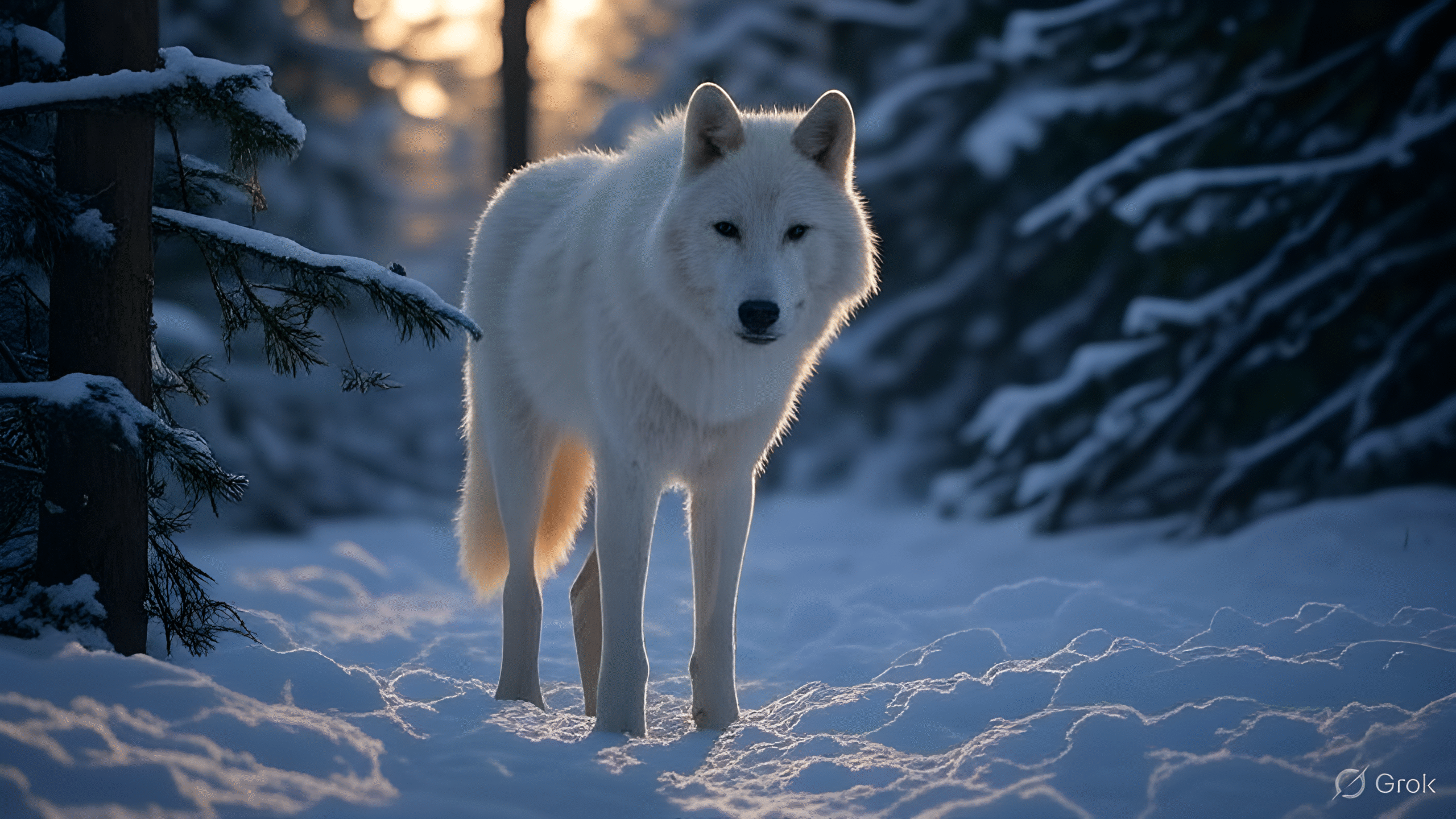
Beth Shapiro is an American evolutionary molecular biologist and paleogenomics expert. She holds a Ph.D. from Oxford and is currently Associate Director for Conservation Genomics at UC Santa Cruz, as well as an investigator with the Howard Hughes Medical Institute.
As of March 2024, Shapiro took a sabbatical to become Chief Science Officer at Colossal Biosciences, where she leads transformative projects on de-extinction, including efforts to resurrect traits of long-gone species like woolly mammoths and dire wolves.
She’s featured on Joe Rogan Experience #2338 (June 17, 2025) to discuss her work in extracting and analysing ancient DNA, the technology behind genome engineering, and the ethical and ecological implications of bringing extinct species back to life.
1. Genome (Noun)

- Definition: The complete set of DNA (genetic material) in an organism.
- Example: “Scientists sequenced the human genome to better understand genetic diseases.”
2. Genome Engineering (Noun phrase)
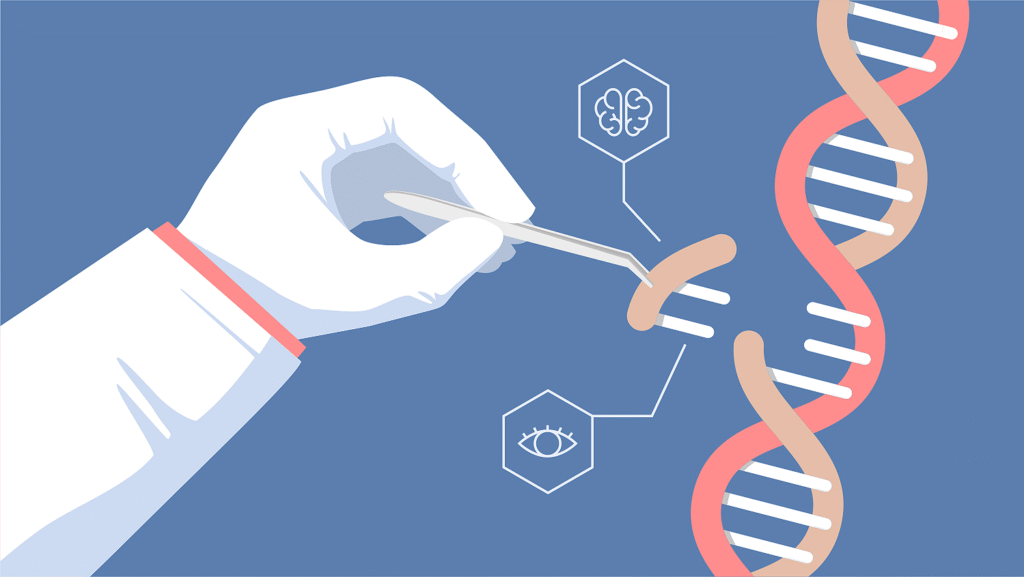
- Definition: The process of editing or modifying an organism’s DNA.
- Example: “Genome engineering has allowed researchers to create crops that resist pests.”
3. Pigmentation (Noun)

- Definition: Natural colouring of an animal or plant, especially skin, hair, or fur.
- Example: “The pigmentation in chameleons allows them to change colour for camouflage.”
4. Hybridize (Verb)

- Definition: To breed two different species or varieties to create a hybrid.
- Example: “Some orchids are hybridized to produce new colours and scents.”
5. Induced Ovulator (Noun phrase)

- Definition: An animal that ovulates (releases an egg) in response to mating.
- Example: “Rabbits are induced ovulators—they only ovulate when mating occurs.”
6. Interglacial (Adjective)
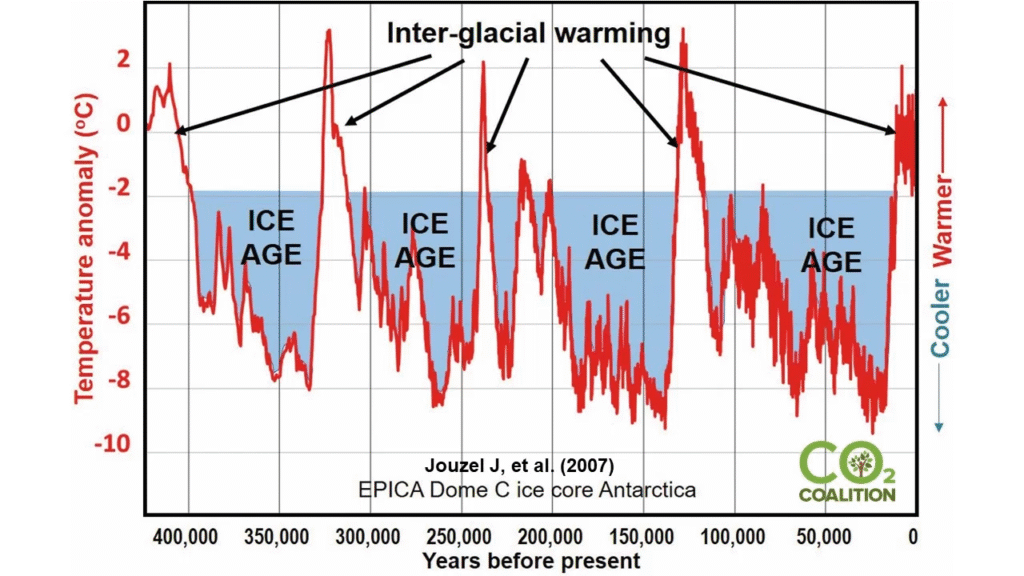
- Definition: A warm period that occurs between ice ages.
- Example: “We are currently living in an interglacial period known as the Holocene.”
7. Admixture (noun)
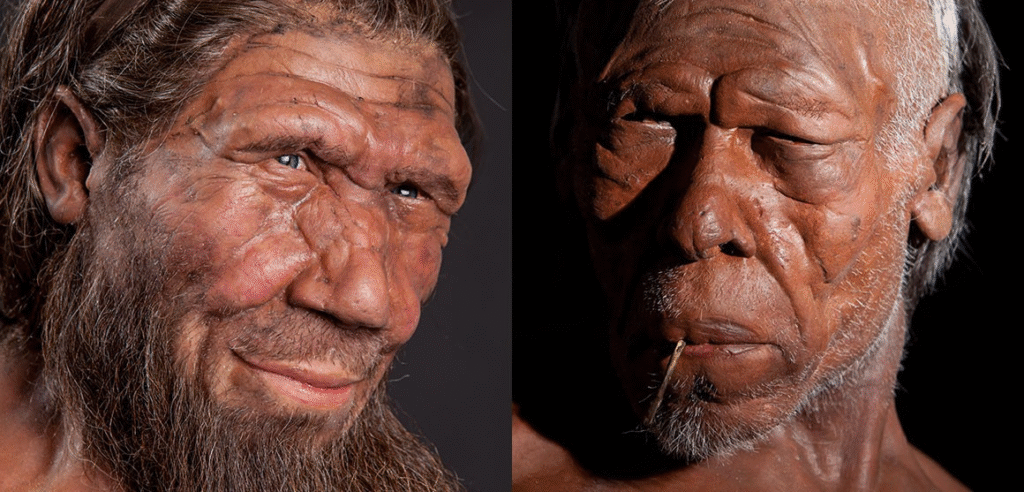
- Definition: Genetic mixing between populations or species.
- Example: “Modern humans show admixture from ancient Neanderthals in their DNA.”
8. Paleo-artist (Noun)
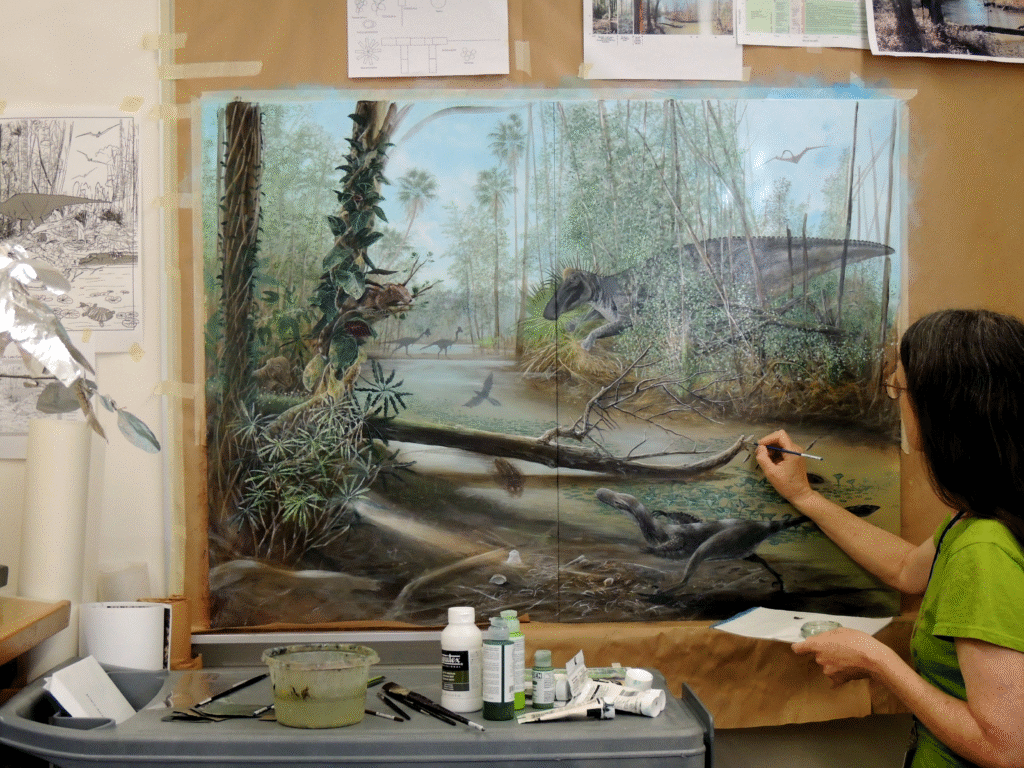
- Definition: An artist who reconstructs ancient animals or environments based on scientific evidence.
- Example: “A paleo-artist created lifelike models of dinosaurs for the museum exhibit.”
9. Sequencing (Gerund)
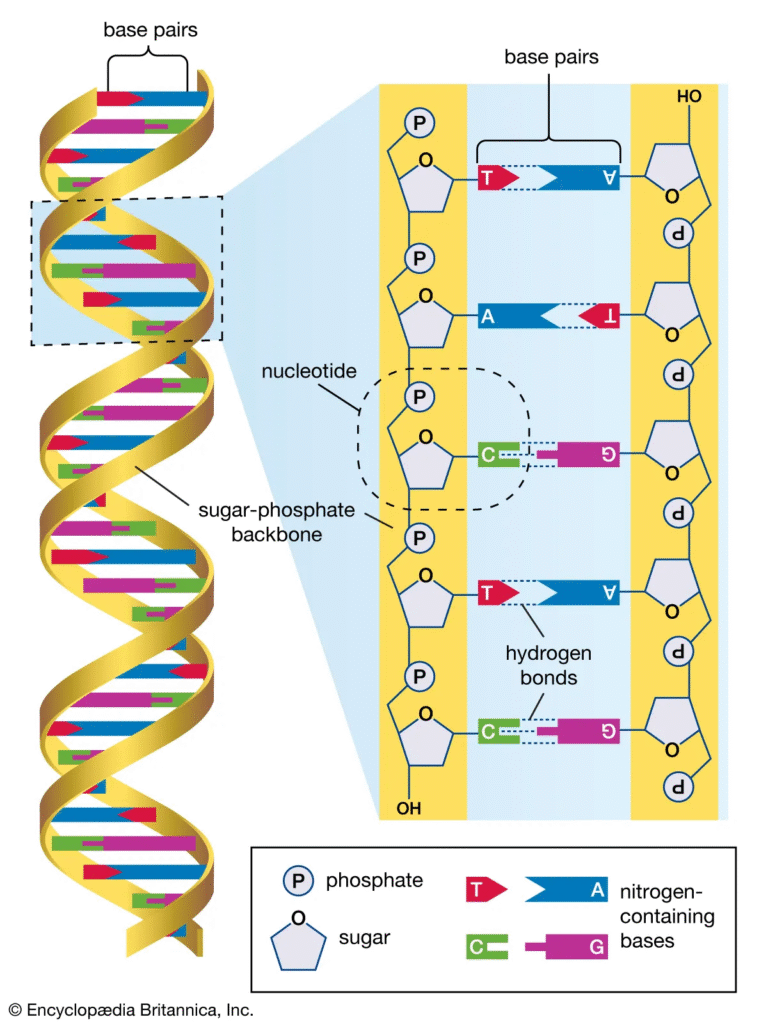
- Definition: Determining the precise order of nucleotides in a DNA molecule.
- Example: “Sequencing ancient bones revealed insights into early human migration.”

Time's up

Joe Rogan:
So, let’s get to the criticisms, because there’s people that are saying that these are not dire wolves—that what you’ve done is just manipulate the DNA of a grey wolf.

Beth Shapiro:
They are dire wolves, because we have manipulated the DNA of grey wolves. We took dire wolf genome sequences from animals—one animal that lived 72,000 years ago and one animal that lived 13,000 years ago—and we lined them up next to each other and figured out what it is that makes a dire wolf a dire wolf. And then we used the tools of genome engineering to bring those traits back in Romulus, Remus, and Khaleesi—that are three dire wolves that are alive now.
And that has created these animals that you saw, that are bigger and they’re stronger and they have that dire wolf coat. And that’s a cool thing too—that coat, the light coat colour that you see, was something that we absolutely could not have known without the ancient DNA, because no one has ever seen a dire wolf.
When we published a paper before I joined Colossal, many years ago, that was about dire wolf evolution, we had a paleo-artist reconstruct what dire wolves looked like. And they made them red and/or reddish-brown. And that’s because so many other animals seem to be reddish-brown—like mammoths are, Neanderthals seem to have had red hair—and so we thought, sure, why not?
We didn’t know because we hadn’t sequenced the part of their genome that we could use to see what colour their coats were. But both of these two animals that we had higher-coverage DNA from had gene variants in genes that are associated with pigmentation—how our coats, the hair colour and eye colour and things like that—that suggested they had light-coloured coats. And so we thought, “That’s cool. We’ll have that as one of our key dire wolf traits that we’re bringing back.

Joe Rogan:
Is it possible that it’s like other wolves, where there’s a variation, but you would only sequence the DNA of ones that had white?

Beth Shapiro:
It’s possible, yeah. And I’m sure there were different colours, but it’s interesting to me that two animals that lived so far apart from each other in time and geography would both have this light colour coat. So maybe it wasn’t that every dire wolf had a light coat, but it must have been a predominant colour in the population.

Joe Rogan:
What was the environment in which they lived? So, if they lived 13,000 years ago, you’re talking about the Ice Age, right? Do you think that that’s why they had white hair?

Beth Shapiro:
It’s possible. Both of these animals were from the northern part of their range, where it would have been colder. They did live through previous interglacial periods—125,000 years ago, it was as warm as it is today or even warmer, with predicted to be no ice at the poles.
And also, we know dire wolves were really common around the La Brea Tar Pits in Los Angeles. We haven’t been able to get any DNA out of anything from La Brea. That would be an amazing discovery.

Joe Rogan:
That’s cus the tar just destroys everything?

Beth Shapiro: We don’t know if it destroys it, or if it gets into the bone in a way that we can’t get the DNA out—so somehow inhibiting the recovery of the DNA. We’ll get there. I mean, someday we’ll figure it out. And that’s going to open up a lot of really cool—

Joe Rogan:
It kind of makes sense that, like, polar bears having that white colour would… polar bears actually have… it’s clear, right?

Beth Shapiro:
Yeah. Their hair is long, and it’s clear. That’s why polar bears—have you seen those pictures of bears in zoos where they look—polar bears in zoos—where they look green?

Joe Rogan:
No. They get covered in moss?

Beth Shapiro:
It grows in the—the hair is hollow.

Joe Rogan:
Whoa.

Beth Shapiro:
If they’re too wet and not cold enough, they can turn this, like, weird—

Joe Rogan:
Oh, they have mold?

Beth Shapiro:
Inside their hair..

Joe Rogan:
But it just makes sense that them being that colour would have an evolutionary advantage for hunting. ‘Cause you’re in something that’s completely white. And you don’t see—like a grizzly bear, you’d see, like, “Oh, look at that dark blob that’s moving towards us.”

Beth Shapiro:
We did some work in my academic lab where we discovered that polar bears and brown bears hybridize with each other.
This is one of those funny stories about academia with a scarcity mindset there—where we publish, we submit a grant proposal and we say, “Hey, we have this really cool observation that polar bears and brown bears hybridized during the last Ice Age when they overlapped with each other.”
And it gets rejected, because they’re like, “That’s dumb. We know that doesn’t happen.” And then we found another hybrid polar bear from the previous interglacial. And then there’s evidence that they’re hybridizing today. Go out and do this, yeah.
So whenever they overlap geographically, they breed. But what’s interesting about this is that we always find the hybrids living like brown bears—even though it’s probably that the mom is a polar bear, because a brown bear boy will wake up, you know, from hibernation and go out onto polar bear territory to scavenge for food. And a polar bear female is an induced ovulator, whereas brown bear females are seasonal.
So a polar bear female will ovulate in the presence of a male, so the male comes up to her and will mate her. The other way around—if a polar bear male had encountered a brown bear female—he’s probably more likely to eat her than to mate her.

Joe Rogan: Oh wow.

Beth Shapiro: And so—but that’s weird then. So why do we always find the hybrids living with brown bears instead of living with polar bears?
And the polar bear biologists who we’ve worked with—I’ve worked a lot of time with Ian Stirling, who’s a fantastic polar bear biologist from Canadian Wildlife—and his hypothesis is straightforward: that they can’t successfully hunt seals if they don’t have that white fur.

Joe Rogan: Ah, completely makes sense.

Beth Shapiro: It does, right?

Joe Rogan: Cause they have that ability to swim, and they dive under the water. And they’re also, like, really clever in how they use those ice shelves and swim from one ice shelf to another.

Beth Shapiro: Yeah, but they hide. I mean, they even have those things where they cover their nose—the black nose—with their hand.

Joe Rogan: That’s nuts.

Beth Shapiro: I know. It’s insane, right?

Joe Rogan: That’s nuts.

Beth Shapiro: Biology is cool.

Joy Rogan:
It is cool. It’s cool, like, to think of how they became successful doing that. Like, who figured that out? How do they have the self-awareness to know that the end of their nose is dark, and that other animals can see it?

Beth Shapiro: But they also hybridize, just given the chance to do so, right? Because biology doesn’t recognize species concepts. Biology doesn’t care that that animal’s called a brown bear by us, and that animal’s called a polar bear. They run into each other, they’re like, “Cool.”
Just like our Neanderthal ancestors, right?

Joe Rogan:
Are those hybrids—are they fertile? Can they have babies?

Beth Shapiro: Yeah. This is actually how we discovered it. Because we found that the place where brown bears hybridized with polar bears during the last Ice Age was probably the ABC Islands off the coast of Alaska, because the ice was that far south at the peak of the last Ice Age.
And brown bear boys would move onto the islands as the habitat got better, where they encountered these populations of polar bears that had been stranded there as the ice receded, pretty much. And so they hybridized there, and all brown bears in North America today have ancestry from that admixture with polar bears.

Joe Rogan: Jeez. Wow, that’s so fascinating.

Beth Shapiro: Yeah. It’s just like how we all have ancestry from mixing with Neanderthals. And is that from the German zoo? Because there’s a couple of bears at…

Joe Rogan: but that really looks like a hybrid, doesn’t it? It looks like there’s a lot of traits of both of them.

Beth Shapiro: Yeah, it’s impressive.

Joe Rogan: Bears are some of the most fascinating animals ever. It’s just an incredible animal. Um, so that’s—it’s really—I’m really glad you said it that way. That nature doesn’t know that there’s a polar bear and a brown bear.

Beth Shapiro: Why would it?

Joe Rogan: It’s just our definitions. Is this part of the problem with the criticism of this science? Is that we are being very specific about what we’re calling these things based on our own definitions that we’ve all agreed upon? But the true nature of genes is that there’s this, like, proliferation and fluctuation, and all these animals breed with each other and it’s like…

Beth Shapiro: it’s kind of that, but it’s also that we haven’t agreed. Right? So there’s this group of academic scientists who are trying to say—trying to grasp so tightly to this very precise definition of a species as having to do with DNA, how much DNA matches something else. But that is—and it’s interesting—I think the reason that we keep having this conversation is because it’s genuinely interesting to talk about species.

Joe Rogan: Sure..
- Would you want to see an extinct animal like a direwolf brought back? Why or why not?
- Do you think it’s okay for scientists to change an animal’s DNA? Why do you feel that way?
- If you were a scientist, would you spend time and money bringing back extinct animals or helping animals that are alive now?
- Does the idea of mixing animals from different species—like polar bears and brown bears—make you uncomfortable or excited? Why?
- Do you think animals that are brought back from extinction should live in the wild or in zoos? Why?
- If an animal can survive better because of its color (like white fur in the snow), should humans help other animals adapt like that too?
- How do you feel about the idea that nature doesn’t care about our human definitions of species? Do you agree?
- Would you feel safe around an animal like a dire wolf? Why or why not?
- Do you trust scientists to make good decisions about using DNA technology? Why or why not?
- What do you think is more important: discovering new things about the past, or protecting the world we live in now?

